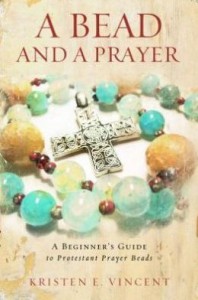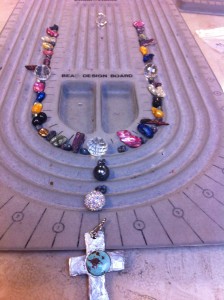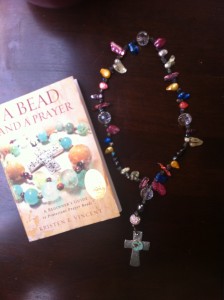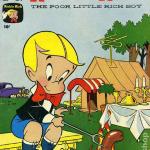 This sweet little book arrived in my mail the week I was working on final memoir edits. Its arrival wasn’t only significant because all authors could use prayer beads during final edits–though I could argue this point!—but because throughout my journey through thirty religions before I turned thirty, I saw prayer beads everywhere.
This sweet little book arrived in my mail the week I was working on final memoir edits. Its arrival wasn’t only significant because all authors could use prayer beads during final edits–though I could argue this point!—but because throughout my journey through thirty religions before I turned thirty, I saw prayer beads everywhere.
I don’t know how I survived nearly three decades of life thinking that only Catholics used prayer beads, but I was both surprised and pleased to discover the japa mala (108 beads–Hinduism, Buddhism), misbaḥah (99 or 33 beads–Islam), and sikh mala (108 beads–Sikhism). The Catholics had the rosary, of course, and the Eastern Orthodox Church used a knotted prayer rope. Some of my Baha’i friends used a strand of 95 prayer beads, and I even met a Wiccan Priestess who carried a homemade set in her purse!
I always found myself a little jealous as I watched the devout grasp each smooth bead in contemplation. The practice looked so peaceful, as if one could actively move faith with their fingers. Each bead seemed a place to rest a worry. It reminded me of a miniature version of walking a labyrinth, where you can leave what troubles you at the center when you walk out.
Near the end of my 30 religions project, I decided I wanted my own set of prayer beads. But after I searching “interfaith prayer beads” to no avail (though you can now find a set here), I decided I would have to make my own. I bought silver- pressed cross for the project…and promptly forgot about it. For two years and three months the cross lived at the bottom of my jewelry box, the idea of interfaith prayer beads all but abandoned.
Until A Bead And A Prayer: A Beginner’s Guide to Protestant Prayer Beads arrived, that is. Even though it is designed as a four-week study, I read the book cover to cover in one sitting (an easy task since it is around 100 devotional-sized pages) and was reminded with each section why prayer beads are special. They are a very physical way to integrate the body with the spirit—like yoga minus the rigorous exercise–and no flexibility required!
As I learned from the bookk just how closely tied beads are with prayer (“Over the course of time, beads have been used so widely and effectively in prayer that the very word bead has come to mean ‘prayer’”), I remembered my cross and interfaith prayer beads idea. I decided that as soon as I turned in my manuscript, I would finish the project I’d started years earlier.
Since the book is written specifically to Protestants, I’m sure the author never intended to inspire some divergent girl in Ohio to drive to Cincinnati’s World of Beads, but that’s exactly what happened. Using the book’s instructions, I spent a pleasant few hours selecting and organizing and what may be the world’s most irregular-looking interfaith prayer beads.
I didn’t really intend it to be so odd, but once I got going on symbolism I realized that my faith–and prayers for that matter–were better represented by beads with various shapes, sizes and colors than regular old round beads. The sparkly bead represents a disco ball (I’ll explain that in another post), the black pearl is to remind me of both the wisdom of my teachers and that there is always more to learn, and the four clear round beads represent life’s seasonal changes and perpetual growth.
It’s oddly perfect.
The only thing that would have made this book and project more perfect is if I had been doing it with friends, so I would highly recommend A Bead And A Prayer for any small group. And, if you do use the book, I would love to see pictures of your (probably prettier) sets of prayer beads on my Facebook page.
Many thanks to author Kristen E. Vincent for inadvertently helping me finish this longstanding project!

















